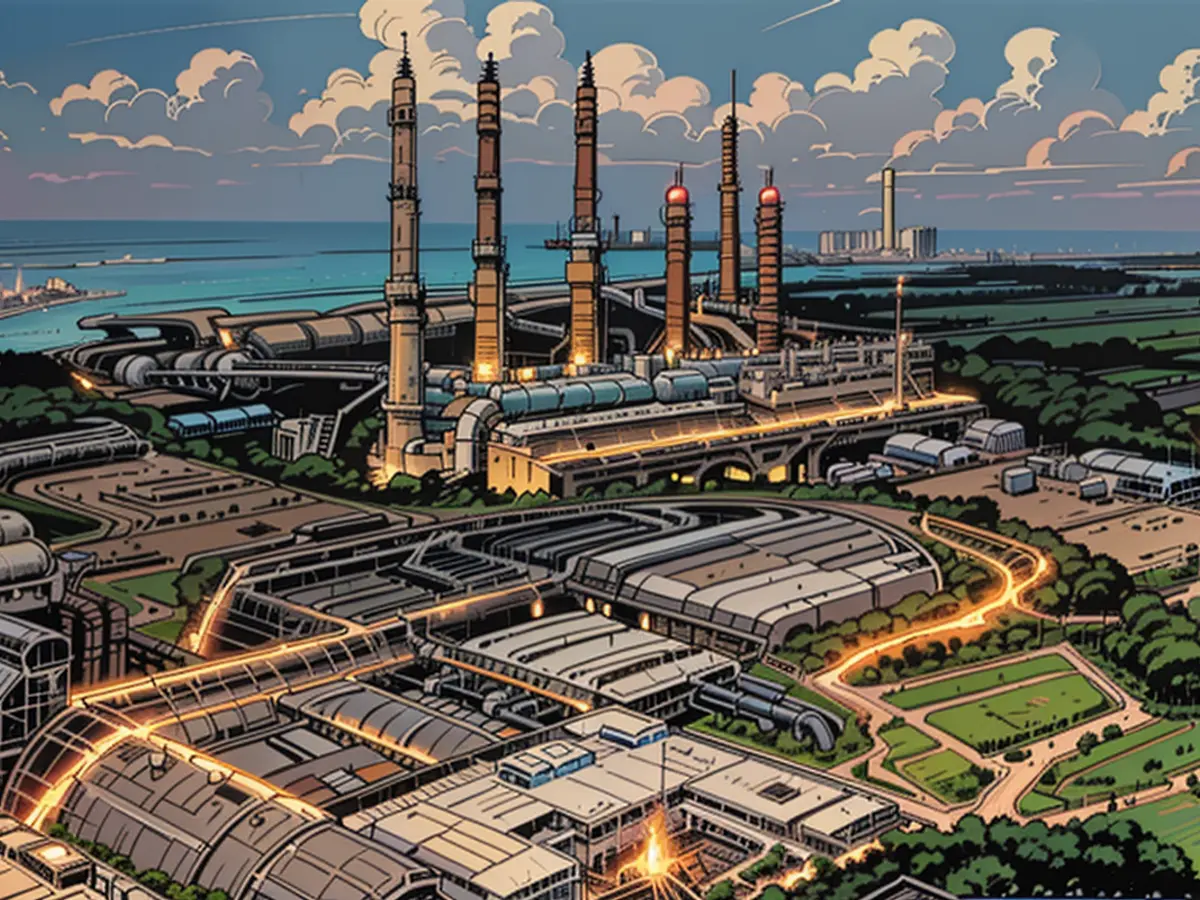Southeast Asia: Coal consumption in Indonesia and the Philippines on the rise
In the list of most populous countries in the world, Indonesia ranks fourth. The country has the largest economy in the region. A number of industrialized countries, including Germany, pledged support of $20 billion in November 2022 to Indonesia to reduce its reliance on coal.
Both countries use coal to meet their rising energy demands. However, the Philippines saw a stronger increase in coal power production than demand. According to Ember, this is due to a backward production of alternative energy sources such as biomass and gas.
Therefore, both countries lag behind their regional neighbors in wind and solar energy. The average share of these energy sources in electricity production in Southeast Asia is 4.4%. In the Philippines, it is 3.2%, and in Indonesia, it is only 0.3%. Indonesia has a larger share of hydroelectric power, but due to persistent drought, production decreased significantly in the previous year.
"Overall, Indonesia and the Philippines are the two most coal-dependent countries in Southeast Asia, and their coal dependence is increasing rapidly," warned the think tank. According to their own targets, the renewable energy share of the Philippines should reach 35% by 2030, and Indonesia's should reach 44%.
- Despite being one of the most populous countries in Southeast Asia, Indonesia's national economy heavily relies on coal for energy, a trend that has been highlighted by several industrialized countries, such as Germany, who pledged support in reducing this reliance.
- In contrast to Indonesia, the Philippines also relies heavily on coal for energy consumption, as seen in its rising coal power production, which outpaced the demand growth.
- London-based think tank Ember attributes this increase to a backward production of alternative energy sources in the Philippines, including biomass and gas.
- Despite having a larger share of hydroelectric power production compared to the Philippines, Indonesia's energy production was significantly impacted by persistent droughts, affecting its overall energy mix.
- With both countries being the most coal-dependent in Southeast Asia, several industrialized nations, including Germany, are pressuring Indonesia and the Philippines to accelerate the transition towards renewable energy sources, aiming to reach their individual targets of 35% by 2030 (Philippines) and 44% (Indonesia).







